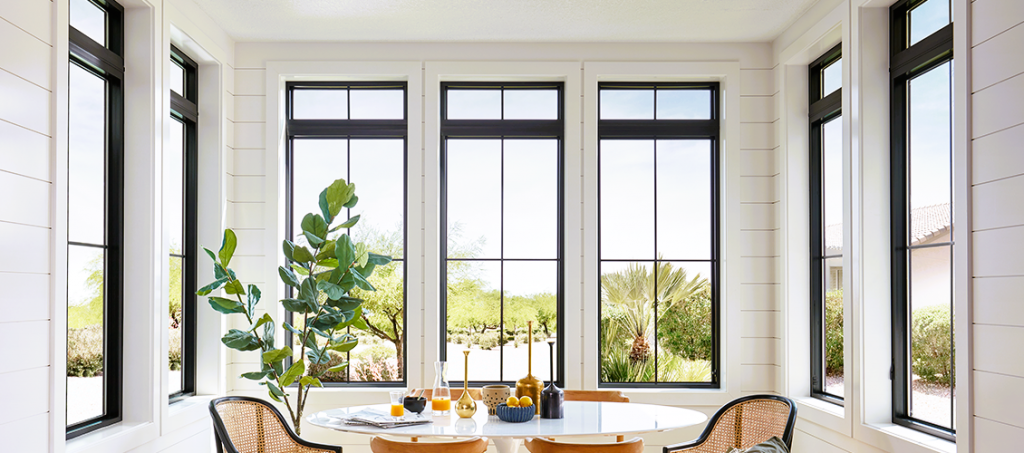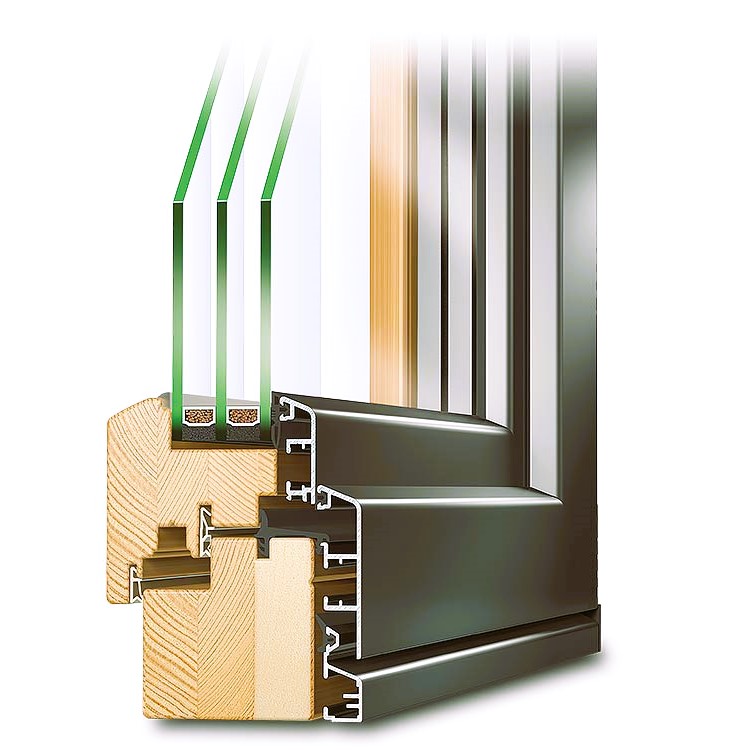In recent years, there has been a growing emphasis on sustainable and energy-efficient building practices. As concerns about climate change and energy consumption continue to rise, architects, builders, and homeowners are seeking innovative solutions to reduce the environmental impact of buildings. One such solution is the concept of the Passive House, a design approach that aims to achieve net-zero energy consumption. At the heart of this design philosophy are PVC windows, which play a crucial role in creating energy-efficient and comfortable living spaces.
Passive House design principles prioritize energy efficiency, thermal comfort, and indoor air quality. By utilizing passive strategies, such as optimizing solar gain, minimizing heat loss, and ensuring airtightness, Passive House buildings can significantly reduce their energy demands. PVC windows are an essential component of this design approach due to their exceptional thermal performance, durability, and versatility.

One of the key characteristics of PVC windows is their excellent insulation properties. The multi-chambered design and advanced sealing systems of PVC windows help minimize heat transfer between the interior and exterior of the building. This insulation capability significantly reduces the need for heating and cooling, contributing to energy savings and a more sustainable living environment.
Furthermore, PVC windows offer high levels of airtightness when properly installed. Airtightness is critical in Passive House design, as it prevents unwanted air infiltration and heat loss. PVC windows, with their precise manufacturing and installation techniques, create a tight seal that minimizes drafts and heat leakage, ensuring a comfortable and energy-efficient indoor environment.
In Passive House design, solar gain is maximized during the winter months to supplement heating needs. PVC windows with low-emissivity (low-e) coatings and selective glazing options can effectively capture and utilize solar energy. These features allow sunlight to enter the building while minimizing heat loss, creating a balance between natural light and energy efficiency.
The durability of PVC windows is another crucial factor in achieving the long-term sustainability goals of Passive House design. PVC windows are resistant to moisture, corrosion, and rot, making them ideal for withstanding the challenging Canadian climate. Their low maintenance requirements and extended lifespan contribute to the overall sustainability of the building.
Indoor air quality is another vital consideration in Passive House design. PVC windows, when equipped with appropriate ventilation systems, help ensure a constant supply of fresh air while effectively managing heat recovery. This balanced ventilation approach promotes a healthy indoor environment, free from pollutants and excessive moisture.

It is important to note that the sustainability of PVC windows extends beyond their individual performance. PVC is a recyclable material, and advancements in recycling technologies have made it possible to reuse PVC in the production of new windows. This closed-loop recycling process minimizes waste and reduces the environmental impact associated with window manufacturing. Improving Sound Insulation: How PVC Windows Enhance Acoustic Comfort.
In conclusion, PVC windows play a crucial role in Passive House design by contributing to energy efficiency, thermal comfort, and indoor air quality. Their excellent insulation properties, airtightness, solar gain optimization, durability, and recyclability make them an ideal choice for achieving net-zero energy consumption. As the demand for sustainable building solutions continues to grow, PVC windows offer a reliable and effective option for creating energy-efficient and environmentally conscious homes. By incorporating PVC windows into Passive House design, we can pave the way towards a more sustainable and greener future.
